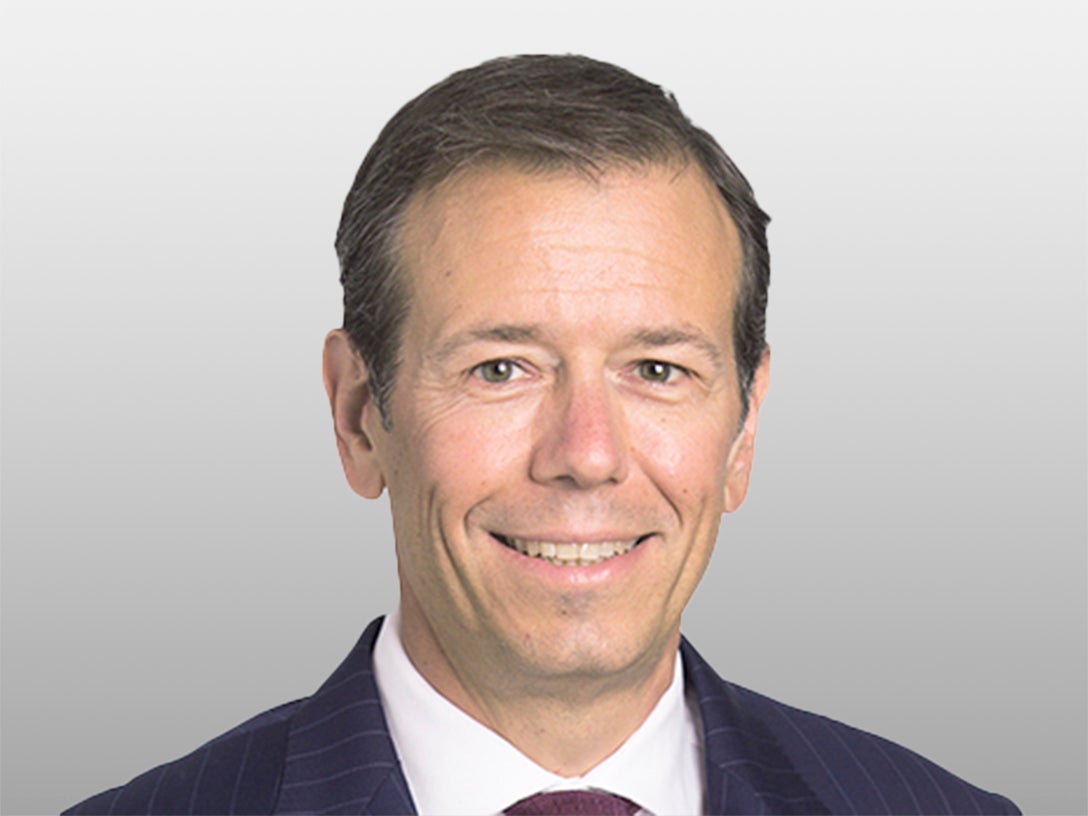
2,000+ Unique companies
Included in our proprietary, private-side credit library.
As of September 30, 2025
$200B+ Debt Restructured
Career-long debt restructured over the distressed team’s career.
20+ yrs Leadership Experience
Average experience of our senior leadership team.
Unlocking value in inefficient markets
Exceptional distressed credit and special situations managers are not just great stewards of investor capital – they are also strong partners for businesses. At our core, we are problem solvers and value-creators who seek to help companies transition from challenging periods to ones of growth.
Across our investments, we target asymmetric return profiles. We seek to generate equity-like returns while assuming credit downside risk. The following themes define our approach:

Our private credit platform is one of the largest and most active financiers of corporate loans in the world. We utilize our entirely private-side orientation and extensive institutional connectivity with existing borrowers to maintain a vast radar of opportunities across the market.
We focus on small-capitalization companies. The opportunity set in this market is evergreen — smaller businesses are more prone to idiosyncratic issues, which occur independent of market cycles. Information access to those without a platform, such as ours, is typically opaque, and therefore, these markets are highly inefficient and can present excellent value opportunities.
We typically enter investments via senior secured debt. This approach allows for risk mitigation as we invest inside of intrinsic value, and our senior secured loan positions provide a priority claim on a company’s assets.
We employ private equity-style diligence in sectors and situations where we have a deep understanding of the business, industry, and path forward to stabilization and monetization. The process is augmented with insights and connectivity from our platform’s credit analyst team, which is one of the largest sector-based research teams in the private credit marketplace.
We are proactive investors. Prior to investing, we concentrate on identifying the cause of distress and clear catalysts to resolution. We then partner with our portfolio companies and their management teams to effectuate financial and operational restructuring.
Investment overview
- Return objective1: 16%-20% net IRR
- Target Company size: Below $100 million EBITDA and/or <$1 billion market value of debt outstanding
- Geography: Global
- Investment size: Core Target of $50 million-$75 million
- Sector approach: Industries with demonstrated investment experience augmented by 20+ person research team of sector specialists
- Event-driven, secondary market credit opportunities for companies facing idiosyncratic challenges
- Catalyst-oriented focused on discrete and discernable issues with near-term resolution potential
- Direct dialogue with companies given Invesco scale
- Issue resolution can lead to meaningful near-term appreciation
- Control-oriented transactions
- Value creation via financial and operational restructuring
- History of executing beneficial out-of-court restructuring solutions
- Fundamental change through active board representation and strategic direction
- Ability to uncap upside potential and target equity return multiples
- Holistic balance sheet solutions
- New capital into distressed situations is generally structured as senior secured debt claim with meaningful equity participation
- Flexible, strategic investments, including new senior debt, debtor-in-possession loans, rescue financings, forms of junior debt capital, preferred equity, and other structured solutions
Opportunistic Credit Investments, Distressed Credit and Special Situations are managed by Invesco Senior Secured Management, Inc. (ISSM). ISSM provides investment advisory services and does not sell securities.
Distressed Credit and Special Situations team


Managing Director Matthew Brooks

Managing Director Peter Niehaus

Managing Director Seth Goldberg

Principal Arth Patel

Vice President Jordan Darrington

Vice President Rory Horswell

Vice President Anthony Tu

Senior Associate Mark Turi

Senior Associate Liam Garrett

Associate Bryan Chen

Associate Niklas Floersch

Associate Jonathan Fogel
Related insights
Explore more in Private Credit

Private Credit
We are a leading, long-tenured private credit manager, using a conservative credit process to pursue opportunities across syndicated loans, direct lending, and distressed debt.
Transcript

Direct Lending
Our team has decades of experience in sourcing, underwriting, and executing senior secured loans in the core middle market.
Transcript

Senior Secured Loans
Our investment philosophy combines detailed asset risk assessments tied to broader economic trend analysis.



